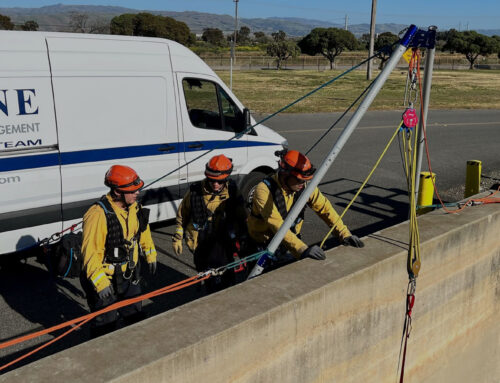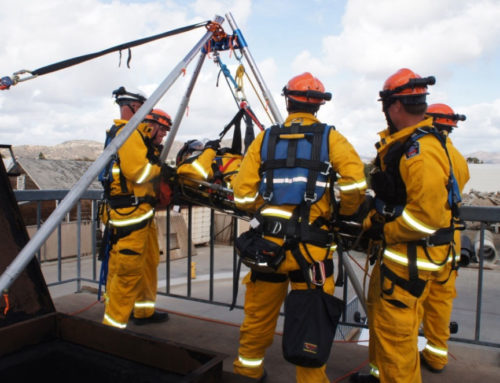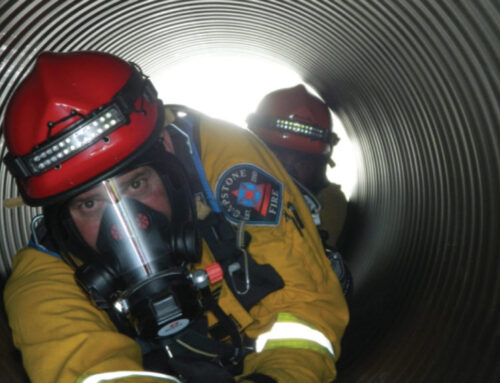The Occupational Safety and Health Administration (OSHA) is responsible for ensuring all companies comply with federal safety regulations pertaining to 38 CFR 1926.24, as well as all other safety regulations.
According to Steve Yerbury, a certified Occupational Health and Safety Technologist with Capstone, “Complying with this standard is a necessary part in providing a place of employment free from recognized hazards causing or are likely to cause death or serious physical harm to employees.” Meaning there is a human penalty, as well as other financial penalties to be considered.
Bureau of Labor Statistics (BLS) states during the first half of 2016, 49 workplace deaths occurred and 6,149 workplace accidents occurred preventing employees from working for an average of 8 work days. Both these statistics were up from the previous year. More than 40% of these deaths and accident occurred on construction work sites.
Not only is there a human factor an employer must take under consideration when not following this regulation, but financial and criminal penalties can be imposed:
- Serious Violation: A $7,000 mandatory penalty is imposed for each occurrence.
- Other Than Serious Violations: A fine up to $7,000 at the discretion of OSHA.
- Willful Violations: A criminal fine of up to $259,00 and criminal confinement of up to 6 months. A company willfully violating this regulation, the penalty is up to $500,000.
- Repeating Violations: Up to $70,000 for each regulation repeated.
- Not Correcting Previous Violations: Up to $7,000.
Yerbury says more information about the cost of not following these regulation is found at https://www.osha.gov/penalties/ and for California, see page 10 of the guide at http://www.dir.ca.gov/dosh/dosh_publications/osha_userguide.pdf, however, the human cost cannot be counted.
Understanding the cost can be best emphasized by what recently happened at Arkema Chemical outside Houston, Texas, after hurricane Harvey. First reports from the company spokesperson said everything was under control, but as events unfolded, the company removed all personnel from the site and insisted on an evacuation of all residents living within a 1.5-mile radius of the facility. The explosions and facility fires began a few days after this action was taken. After the hurricane subsided, the company exploded the remaining containers to ensure no fires were started unexpectedly. The cost to the facility, equipment, and the surrounding neighborhood has yet to be counted, but is expected to be high. Along with lawsuits already arising from this incident.
Without the expertise to comply with 1926.24, a company can face all these problems, fines, penalties and consequences. A company that disregards these rules and regulations can no longer operate functionally and safely. There is an answer if a company does not know what to do to ensure compliance. Many are finding assistance from outside organizations that provide the services to follow 1926.24 or provides the training to do so.
Capstone provides professional confined space rescue services to support permit required entries. Fill out our simple online form for more information or questions and we’ll get back to you.






